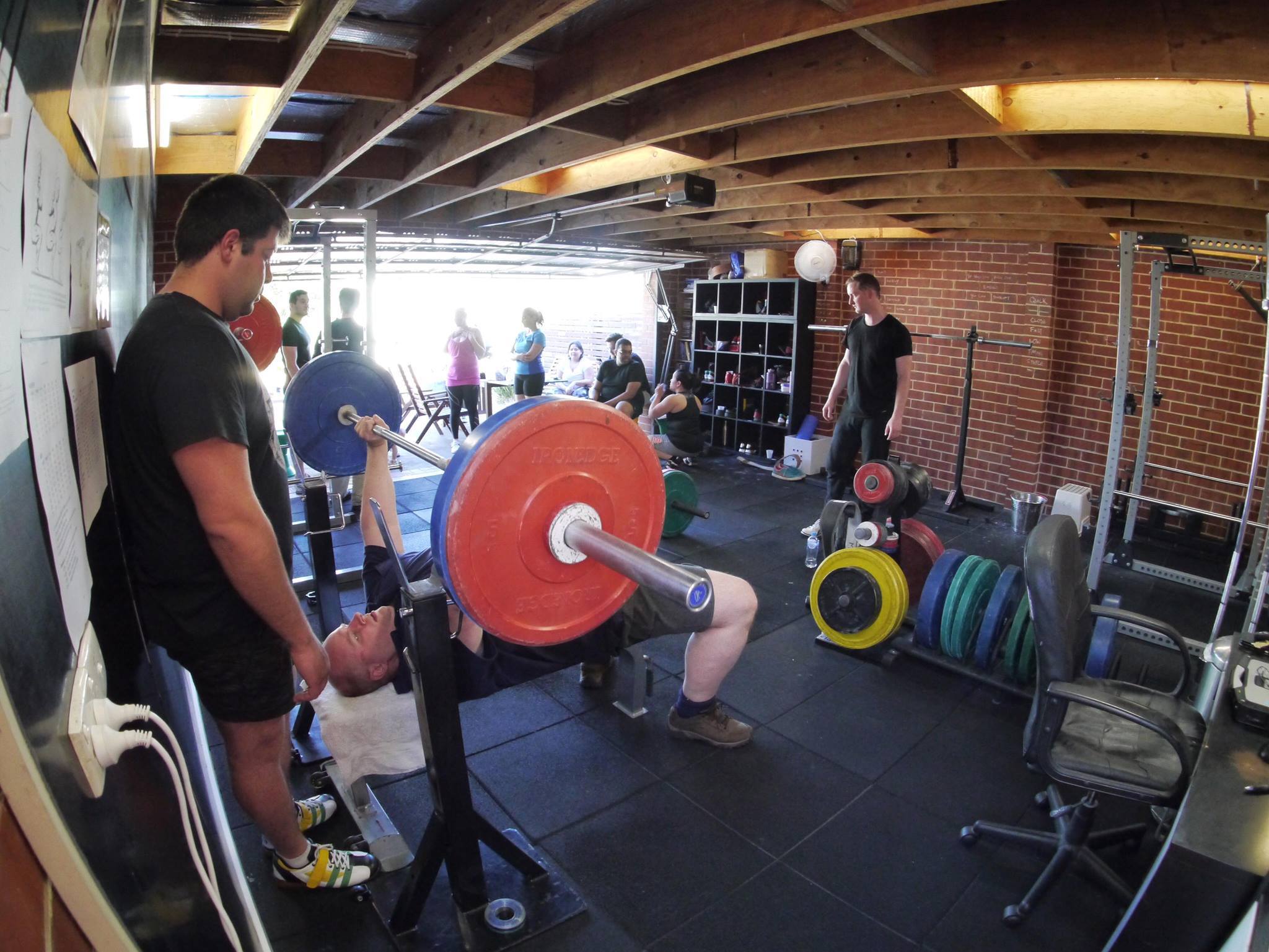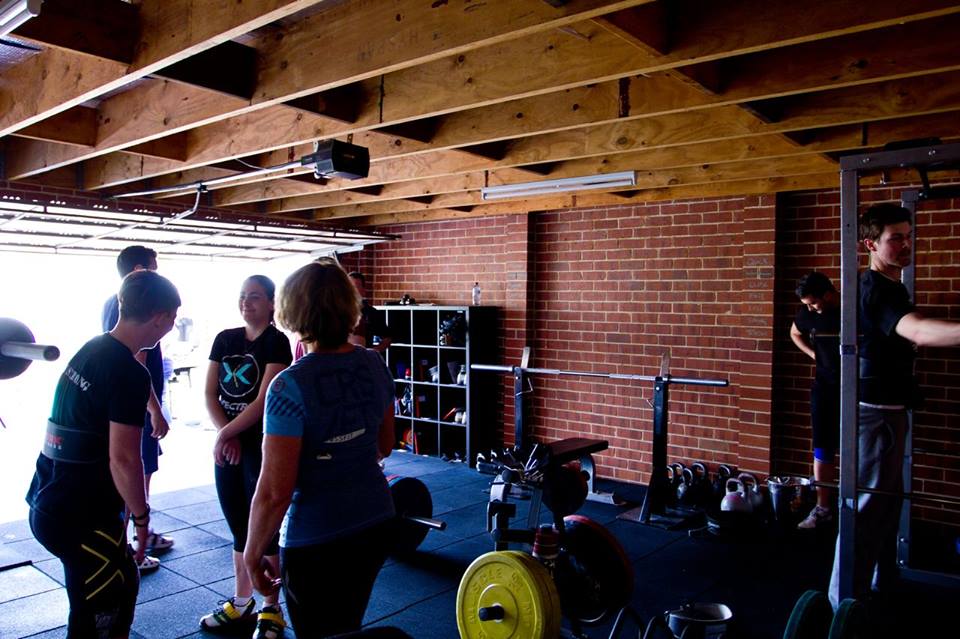I can guess a person’s base level of fitness just by talking to them.
We find hugely varying fitness levels among people with the same jobs and lifestyles. This is because of how much people challenge themselves physically day-to-day. Their base level of fitness depends on whether they have an active or sedentary personality; those with sedentary personalities will perceive any serious exertion as potentially injurious.
Let’s say you’re going to work, it normally takes you 10 minutes to walk to the train station, however you couldn’t find your house keys and now it’s 7 minutes before the train. If you walk briskly or do a light jog you can make the train… or you can miss it and catch the next one and be ten minutes late to work.
You want to put up a picture, in your garage is a jar of nails. You get to your garage and realise there’s a large box of books in front of it. Do you brace yourself and move them, ask for help, or decide you didn’t want to put that picture up after all?
You’re at the shops, you need some rice, your family eats it every day. It’s $5 for a 2kg bag or $30 for a 20kg bag. But you’ll have to haul it out to your car, only 50 metres or so but still.
All these small decisions day-to-day affect the newbie’s starting level of strength, endurance and mobility. That’s why you can get two people of the same age and doing the same job, and one can do proper bodyweight squats, hold a plank for 30″ and the like without trouble, and the other simply can’t.
From the mind to the body. I can take two healthy people of the same age and put them on a treadmill, raise them to a heart rate of (say) 130, and one person will look puzzled and say, “I can go harder than this, can’t I?” while the other will look alarmed and say, “oh my god, do I really have to go this hard?” Physically each is exactly the same, but each reacts to exertion in a different way according to their personality, whether active or sedentary.
Now, if I as a trainer meet a gym newbie, I have to figure out whether they have an active or sedentary personality. I don’t rely on what they tell me, everyone who starts at the gym tells me they’re going to work out 6 days a week for two hours a day.
Injury history is usually a good guide, if they’ve torn anterior cruciate ligaments and rolled ankles, they’re probably active, since they hurt themselves being active. If they’ve “bad knees” and “a bad back”, they’re sedentary, the vagueness of the description means they never sought medical advice, they just felt a bit sore one day and stopped doing that horrible physical exertion thing.
But really I can just talk to them and figure it out from their personality, their body language. Active people lean towards me and move around more when talking, sedentary people sit back and generally cross their arms defensively. Active people look interested when I suggest various physical challenges, however ridiculous, sedentary people look frightened. Ironically, active people talk about how lazy they’ve been lately since they feel a gap between where they are now and where they’ve been in the past, sedentary people talk about how active they’ve been, “I’m so busy!”
The active person the PT will actually have to hold back a bit lest they get overuse injuries. The sedentary person needs to be pushed a bit, but not too much lest they get terrified and run – well okay, walk – away.
I don’t need a bench press, leg press, beep test or sit-and-reach test to guess your base level of fitness, I can just talk to you. Personality tells all. From the mind to the body. Only those with strong minds can get strong bodies.


